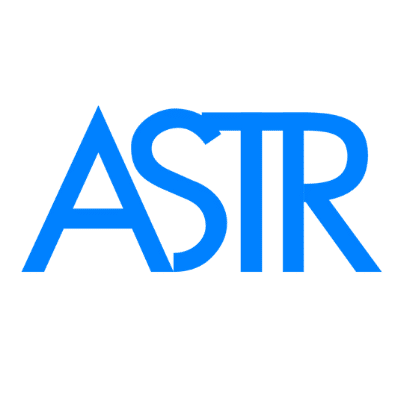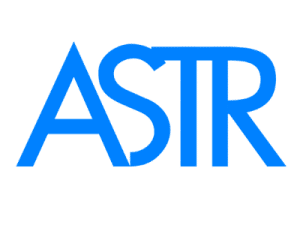Vagus Nerve and Fascia: A New Frontier in Pain and Anxiety Relief
Vagus Nerve and Fascia: A New Frontier in Pain and Anxiety Relief
Search terms: vagus nerve fascia, myofascial therapy anxiety, nervous system and fascia
If you’ve been searching for lasting relief from chronic pain, anxiety, or tension—and nothing has worked—it may be time to explore a powerful yet often overlooked connection: the relationship between your vagus nerve and your fascia.
Recent research shows that this body-wide communication network could hold the key to unlocking both physical and emotional healing. By targeting the vagus nerve and fascia together, we can calm the nervous system, relieve pain, and reduce anxiety—naturally.
🧠 What Is the Vagus Nerve?
Il vagus nerve is the longest cranial nerve in the body. It travels from the brainstem down to the heart, lungs, digestive tract, and nearly every major organ. It plays a key role in the parasympathetic nervous system—also known as the “rest and digest” system.
When functioning properly, the vagus nerve helps:
-
Lower stress and anxiety
-
Regulate heart rate and digestion
-
Reduce systemic inflammation
-
Promote relaxation and deep sleep
🧬 What Is Fascia—and How Does It Interact With the Nervous System?
Fascia is the connective tissue web that surrounds every muscle, organ, and nerve. It’s filled with sensory nerve endings, lymphatic vessels, and mechanoreceptors that communicate directly with the brain.
When fascia becomes tight, inflamed, or scarred (due to injury, trauma, or stress), it sends distress signals to the nervous system—triggering pain, muscle guarding, and anxiety. In other words, fascia and the nervous system are in constant dialogue.
🔗 The Fascia-Vagus Nerve Connection
Fascia isn’t just structural—it’s neurological. Studies show that fascia can stimulate or restrict the vagus nerve based on tension, posture, hydration, and emotional stress. Tense fascia around the neck, chest, or abdomen can actually compress or interfere with vagal tone, leading to:
-
Heightened pain sensitivity
-
Anxiety or panic
-
Digestive issues
-
Fatica cronica
-
Poor sleep
-
Tension headaches
By releasing fascia, you can improve vagus nerve function—and by activating the vagus nerve, you can relax the fascia. It’s a two-way street with immense healing potential.
✅ How to Activate the Vagus Nerve and Release Fascia Naturally
1. Myofascial Release Therapy
Hands-on or tool-assisted techniques target restricted fascia and allow muscles and nerves to relax.
Top tools for self-release:
✅ ASTR® Myofascial Release Tools
Patented and designed by a Doctor of Physical Therapy, ASTR tools gently release tension, reduce inflammation, and improve blood flow—without aggressive pressure.
2. Vagus Nerve Stimulation Techniques
Support vagus tone through daily habits:
-
Deep belly breathing (inhale 4, exhale 6)
-
Cold exposure (splash face or use cold pack)
-
Humming, gargling, or chanting
-
Light neck massage around the carotid sinus
-
Gentle cervical and thoracic fascia release
3. ASTR Diet for Inflammation Reduction
A healthy nervous system requires low inflammation. The ASTR Diet supports vagal health by:
-
Reducing inflammatory foods that irritate fascia and nerves
-
Promoting gut health and vagus–gut axis balance
-
Enhancing mitochondrial energy needed for tissue repair
4. Posture and Movement Therapy
Slouching compresses the diaphragm and vagus nerve. Myofascial therapy combined with posture correction allows for better:
-
Breathing
-
Vagal signaling
-
Circulation through key nerve pathways
🧭 Signs You May Have Poor Vagal Tone or Fascia Dysfunction
-
Chronic anxiety or irritability
-
Pain flares with stress or poor posture
-
Bloating or slow digestion
-
Lightheadedness or heart palpitations
-
Neck tightness or throat tension
-
Trouble relaxing, sleeping, or staying calm
Final Thoughts
The connection between the vagus nerve and fascia is one of the most exciting frontiers in natural healing. By targeting both systems—through gentle myofascial therapy, vagus nerve stimulation, and anti-inflammatory support—you can create profound changes in pain, mood, and physical function.
This approach doesn’t just manage symptoms—it rewires your body for healing and resilience.
Riferimenti
-
Schleip, R., Findley, T. W., Chaitow, L., & Huijing, P. A. (2012). Fascia: The Tensional Network of the Human Body. Churchill Livingstone.
-
Bordoni, B., & Morabito, B. (2020). The fascial system and exercise intolerance in chronic heart failure. Cureus, 12(5), e8332.
-
Tracey, K. J. (2002). The inflammatory reflex. Nature, 420(6917), 853–859.
-
Porges, S. W. (2009). The polyvagal theory: new insights into adaptive reactions of the autonomic nervous system. Cleveland Clinic Journal of Medicine, 76(Suppl 2), S86.

